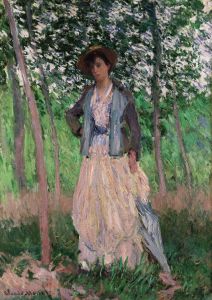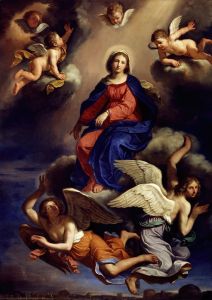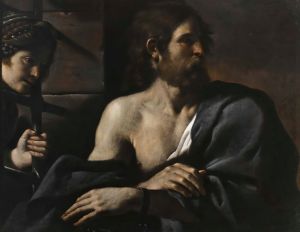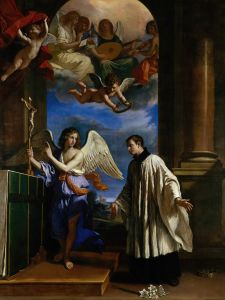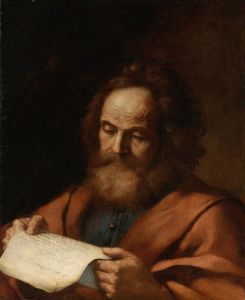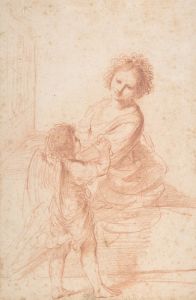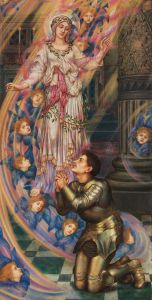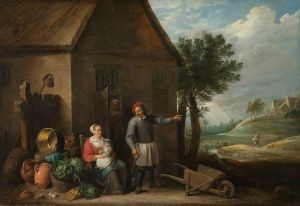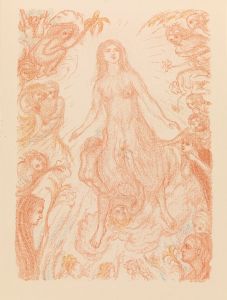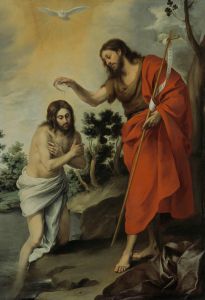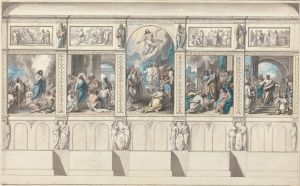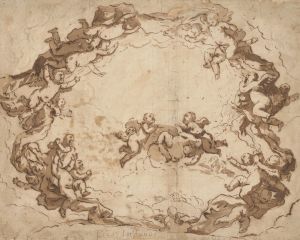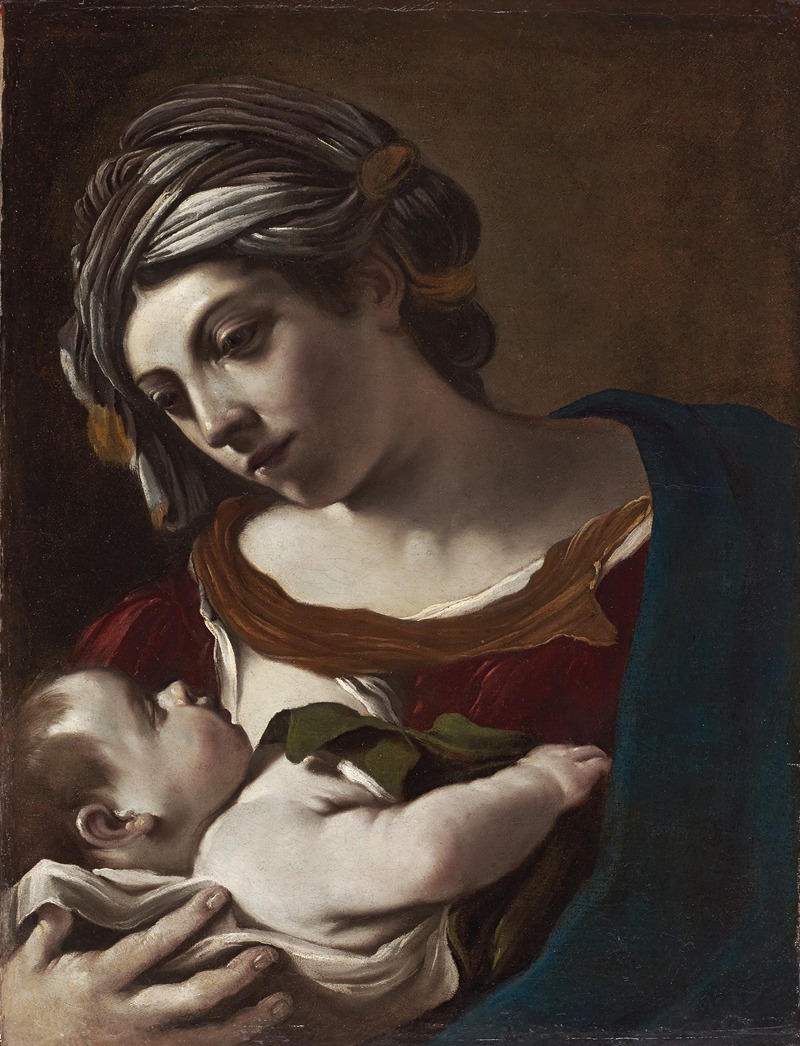
Virgin and Child
A hand-painted replica of Guercino’s masterpiece Virgin and Child, meticulously crafted by professional artists to capture the true essence of the original. Each piece is created with museum-quality canvas and rare mineral pigments, carefully painted by experienced artists with delicate brushstrokes and rich, layered colors to perfectly recreate the texture of the original artwork. Unlike machine-printed reproductions, this hand-painted version brings the painting to life, infused with the artist’s emotions and skill in every stroke. Whether for personal collection or home decoration, it instantly elevates the artistic atmosphere of any space.
"Virgin and Child" is a painting by the Italian Baroque artist Giovanni Francesco Barbieri, commonly known as Guercino (1591–1666). Guercino was a prominent painter of the 17th century, renowned for his dynamic compositions, use of chiaroscuro, and emotionally expressive works. This particular painting depicts the Virgin Mary holding the Christ Child, a subject that was a central theme in Christian art during the Renaissance and Baroque periods.
The artwork reflects Guercino's characteristic style, which combines dramatic lighting with tender, intimate portrayals of religious figures. The Virgin Mary is often shown in a serene and contemplative pose, emphasizing her role as the mother of Christ and her importance in Christian theology. The Christ Child is typically depicted as an infant, symbolizing innocence and divinity. Guercino's skillful use of light and shadow enhances the emotional depth of the scene, drawing the viewer's attention to the central figures.
While specific details about the commission or provenance of this painting are not widely documented, Guercino created numerous works on religious themes throughout his career. His paintings were highly sought after by patrons across Italy and beyond, including members of the Catholic Church and European nobility. Guercino's workshop in Cento, near Bologna, was a hub of artistic activity, and he produced a significant body of work that included altarpieces, frescoes, and easel paintings.
"Virgin and Child" exemplifies the Baroque era's emphasis on emotional engagement and spiritual devotion. The composition likely aimed to inspire piety and devotion in its viewers, a common goal of religious art during this period. Guercino's ability to convey human emotion and divine grace made him one of the leading painters of his time.
As with many of Guercino's works, the exact location of "Virgin and Child" may vary, as his paintings are held in various museums, galleries, and private collections worldwide. Further research into the specific version or variations of this subject attributed to Guercino may provide additional insights into its history and context.





